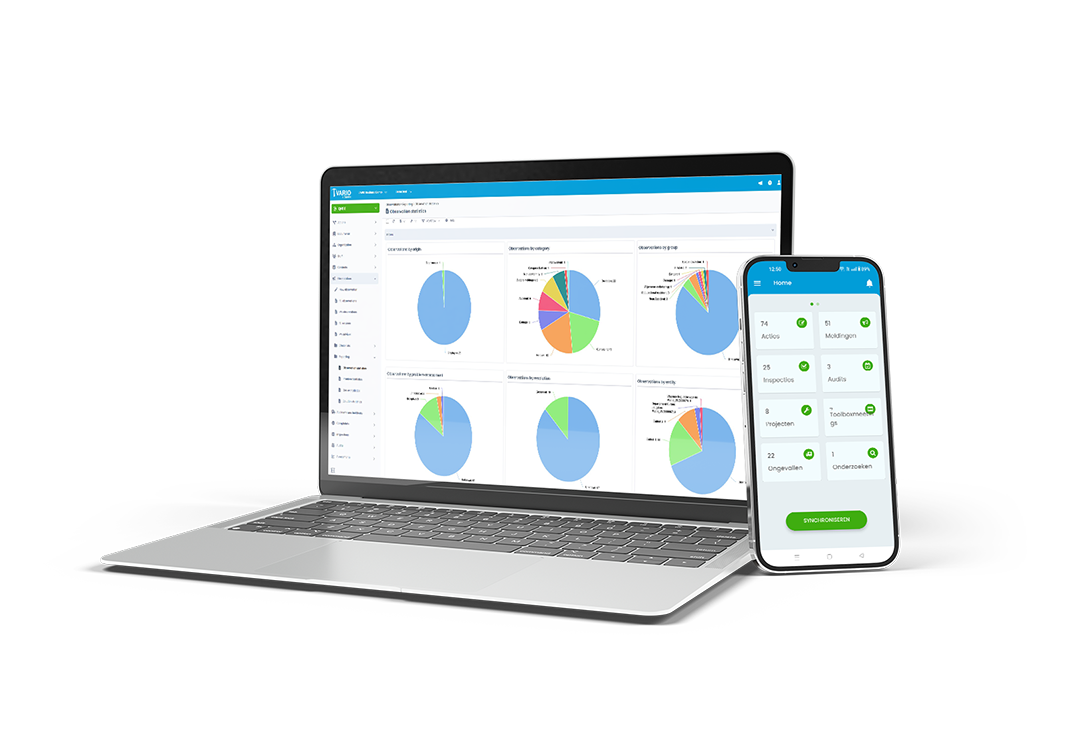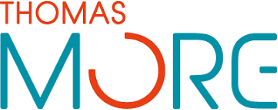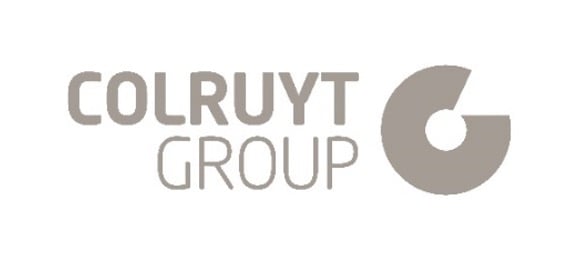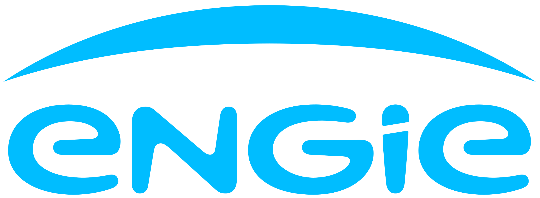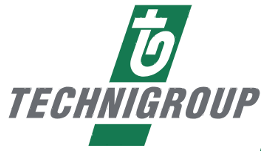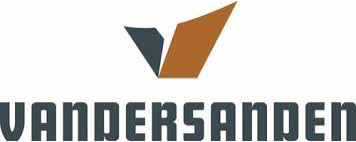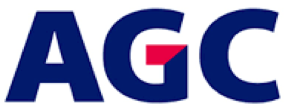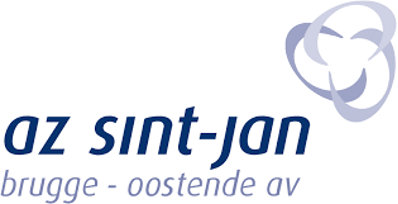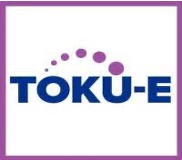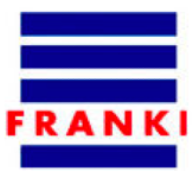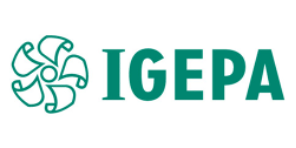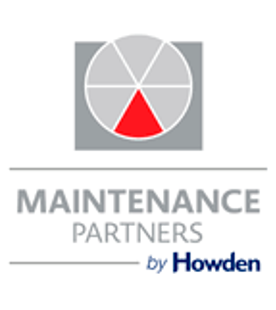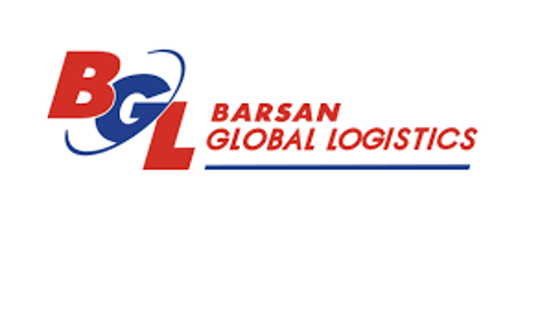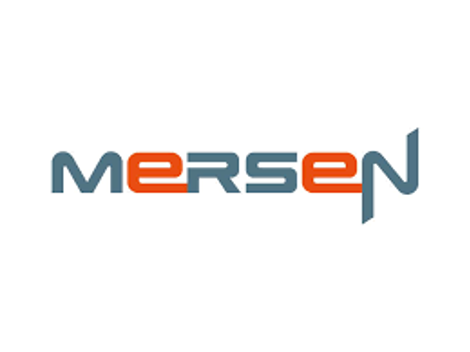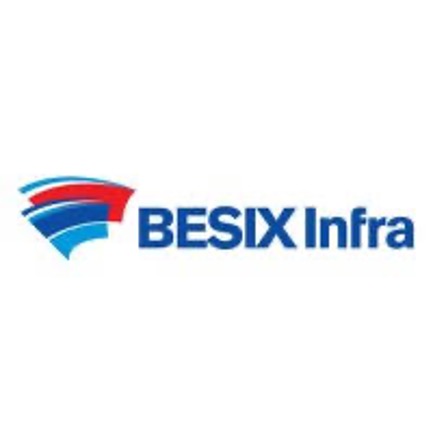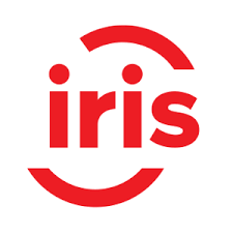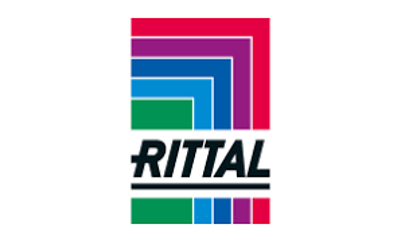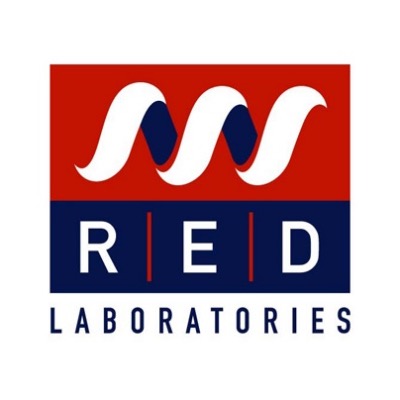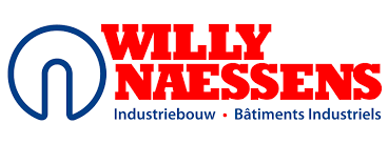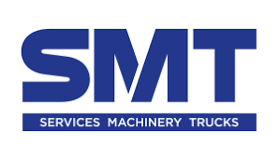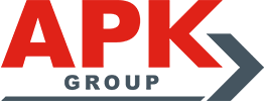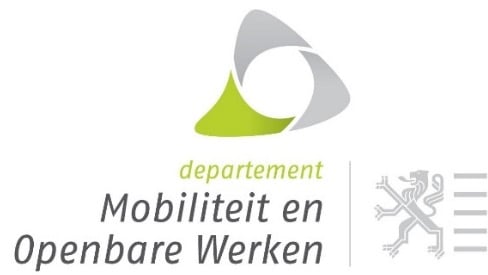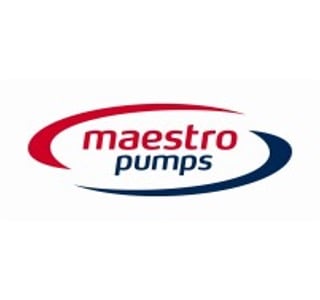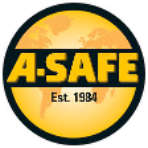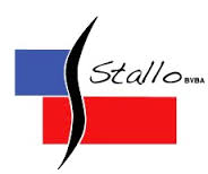Obtain or manage a VCA certification?
You can do it in just 4 easy steps!
Discover all certification information and start getting your certificate immediately.
Get your VCA certificate for your business fast and keep more time to invest in practical safety
VCA stands for VGM Checklist Contractors (VGM = Safety, Health, and Environment) and is a complete program through which service companies are structurally and objectively tested and certified on their VGM management system.
VCA is structured as a checklist of requirements where both practice and documentation are important. However, the system is accompanied by a number of problems, mainly in the elaboration and in practice. For most companies, the administrative aspect weighs heavily, so that an overview is often not available. There is no consistency between different lists, documents, procedures, forms, etc. Our staff are experienced safety, quality, and environmental experts and will guide you to successful certification.
This way, you will have more time to invest in your business and the administrative burden will be drastically reduced.

BANNER WHITEPAPER TEMP
Lorem ipsum dolor sit amet, consectetur adipiscing elit. Fusce venenatis ultrices magna, eget volutpat est mattis eget. Sed quis velit quis velit bibendum iaculis. Vestibulum molestie enim eu augue imperdiet, ut tincidunt enim hendrerit. Nullam vel ante vitae lacus consectetur accumsan.
VCA* certification
VCA stands for Safety, Health and Environment (SHE) Checklist Contractors. With an SCC certificate, your company lays the foundation for safe and healthy work on a day-to-day basis. Therefore, if you want to qualify for an SCC certificate, you must be able to demonstrate that your activities take into account the safety and health of everyone involved and the environment.
VCA** certification
This level also includes direct management of HSE aspects in the workplace as well as the HSE structure (policy, organization HSE, improvement), but this is also about subcontractors. So if you often work with subcontractors, this is the company certificate you need.
VCA Petrochemical
This level includes direct management of HSE aspects in the workplace as well as the HSE structure (policy, organization HSE, improvement), possibly involving subcontractors and specific requirements for the petrochemical sector.
Wil je meer informatie?
Step 1 - Determine the level of VCA certification
VCA for companies has 3 levels of certification. It is important to determine in advance which level your company has. These are the differences:
- VCA*: the direct control of HSE while performing work on the workplace, without the use of subcontractors
- VCA**: the direct control of HSE during the execution of work on the workplace and also on the HSE structure (including HSE policy, HSE organization and improvement management)
- VCA Petrochemical: the direct control of HSE during the execution of activities on the workplace, on the HSE structure (including HSE policy, HSE organization and improvement management), and also on specific additional requirements for the petrochemical industry
Step 2 - Put the VCA checklist into practice
The VCA standard enables you to identify and control health and safety risks to the worker performing the work.
The risks require management actions to be put into practice. The VCA implies several things that are described in the VCA manual and that the company must comply with, hence the term "checklist".
The verifiability of the efforts made is very important here. The software VARIO ensures that the VCA management is secured and does not become an administrative burden or a nuisance.
Step 3 - The internal audit
Step 4 - The certification audit
The final step is the actual certification audit, which is conducted by an independent accredited auditing body. This external audit will be an extended version of the internal audit. The manual will be closely scrutinized and it will be checked whether all points have been correctly implemented in practice. If your company meets all conditions (relative VCA checklist), the VCA certificate is obtained!
The result?
See how VARIO works
FAQ
Zit je met nog vragen? Ontdek hieronder de meest gestelde vragen & vind jouw antwoord.
Kon je jouw antwoord niet vinden? Neem gerust contact op met ons.
Veelgestelde vraag #1
Lorem ipsum dolor sit amet, consectetur adipiscing elit. Praesent semper augue eu consectetur lacinia. Sed vitae erat non risus malesuada tempor. Donec dolor libero, ultrices non arcu vitae, pretium tincidunt nulla. Aliquam iaculis lectus sit amet urna bibendum, vitae iaculis arcu ullamcorper.
Veelgestelde vraag #2
Lorem ipsum dolor sit amet, consectetur adipiscing elit. Praesent semper augue eu consectetur lacinia. Sed vitae erat non risus malesuada tempor. Donec dolor libero, ultrices non arcu vitae, pretium tincidunt nulla. Aliquam iaculis lectus sit amet urna bibendum, vitae iaculis arcu ullamcorper.
Veelgestelde vraag #3
Lorem ipsum dolor sit amet, consectetur adipiscing elit. Praesent semper augue eu consectetur lacinia. Sed vitae erat non risus malesuada tempor. Donec dolor libero, ultrices non arcu vitae, pretium tincidunt nulla. Aliquam iaculis lectus sit amet urna bibendum, vitae iaculis arcu ullamcorper.

